PPT-Motivating Reluctant Readers
Author : giovanna-bartolotta | Published Date : 2018-02-23
Rob Waring Featured Speaker Talk PANSig Okinawa May 2106 What is a reluctant reader Someone who may exhibit these traits reads because they have to reads
Presentation Embed Code
Download Presentation
Download Presentation The PPT/PDF document "Motivating Reluctant Readers" is the property of its rightful owner. Permission is granted to download and print the materials on this website for personal, non-commercial use only, and to display it on your personal computer provided you do not modify the materials and that you retain all copyright notices contained in the materials. By downloading content from our website, you accept the terms of this agreement.
Motivating Reluctant Readers: Transcript
Download Rules Of Document
"Motivating Reluctant Readers"The content belongs to its owner. You may download and print it for personal use, without modification, and keep all copyright notices. By downloading, you agree to these terms.
Related Documents


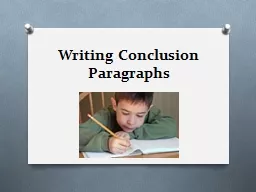
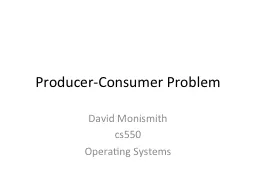


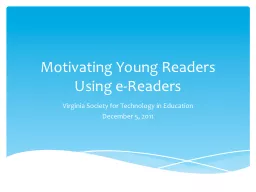
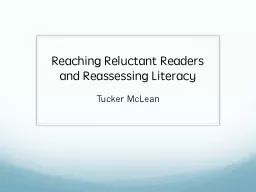


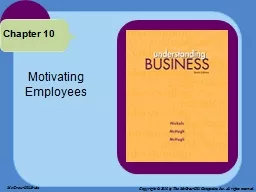
![[READ] - Extra Practice for Struggling Readers: Phonics: Motivating Practice Packets](https://thumbs.docslides.com/900951/read-extra-practice-for-struggling-readers-phonics-motivating-practice-packets-that-help-intermediate-students-build-essentia.jpg)
![[EPUB] - Extra Practice for Struggling Readers: Word Study: Motivating Practice Packets](https://thumbs.docslides.com/901223/epub-extra-practice-for-struggling-readers-word-study-motivating-practice-packets-that-help-intermediate-students-learn-key-p.jpg)
![[EPUB] - Penguin Readers Level 3: Wonder (Penguin Readers (graded readers))](https://thumbs.docslides.com/905129/epub-penguin-readers-level-3-wonder-penguin-readers-graded-readers-61be772099f28.jpg)
![[EBOOK] Penguin Readers Level 3: Wonder Penguin Readers graded readers](https://thumbs.docslides.com/1006164/ebook-penguin-readers-level-3-wonder-penguin-readers-graded-readers.jpg)